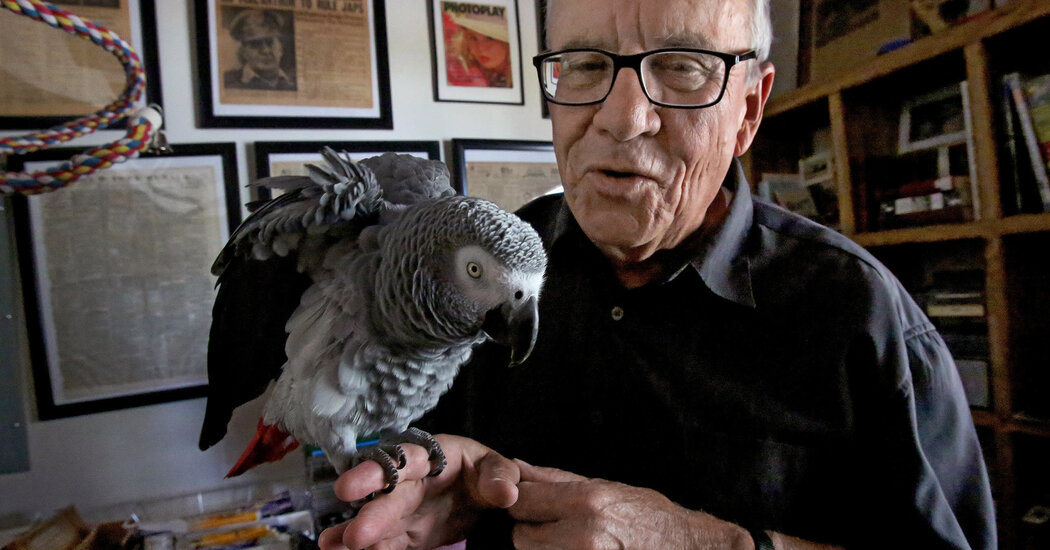Joe Sharkey, who delivered pragmatic advice to business travelers in hundreds of columns in The New York Times only to find himself at the focal point of a harrowing disaster in 2006, when the executive jet in which he was flying collided with a Boeing 737 over Brazil, died on Nov. 6 at his home in Tucson, Ariz. He was 77.
The cause was a hypertensive stroke, said his wife, Nancy Sharkey, a retired Times editor.
Mr. Sharkey was returning home from a freelance assignment for Business Jet Traveler magazine on Sept. 29, 2006, a Friday, when the jetliner clipped a wing and the tail of the Embraer Legacy 600 that was carrying him, four other passengers and a two-man crew at 37,000 feet over the Amazon rainforest.
The executive jet managed to land safely at a remote military airport, but the Gol Linhas Aéreas commercial airliner it collided with did not have such a fortunate fate: It nose-dived to the ground, killing all 154 people on board. It was the deadliest civilian aviation accident in Brazil at the time.
The collision prompted inquiries by Brazil’s military and by American transportation safety investigators. Both placed blame on air traffic controllers but never fully resolved who was at fault or why the planes were flying at the same altitude.
Mr. Sharkey had been writing the weekly “On the Road” column for The Times’s business-travel pages when he turned in a vivid first-person account of the collision. It vaulted him onto the front page the following Tuesday under the headline “Colliding With Death at 37,000 Feet, and Living.”
“Without warning, I felt a terrific jolt and heard a loud bang, followed by an eerie silence, save for the hum of the engines,” Mr. Sharkey wrote. “And then the three words I will never forget. ‘We’ve been hit,’ said Henry Yandle, a fellow passenger standing in the aisle near the cockpit of the Embraer Legacy 600 jet.”
He added: “The sky was clear; the sun low in the sky. The rainforest went on forever. But there, at the end of the wing, was a jagged ridge, perhaps a foot high, where the five-foot-tall winglet was supposed to be.
“And so began the most harrowing 30 minutes of my life,” he continued. “I would be told time and again in the next few days that nobody ever survives a midair collision. I was lucky to be alive.” Only later did he learn that everyone aboard the Boeing 737 had died.
“I thought of my family,” he wrote. “There was no point reaching for my cellphone to try a call —…
Click Here to Read the Full Original Article at NYT > Travel…
